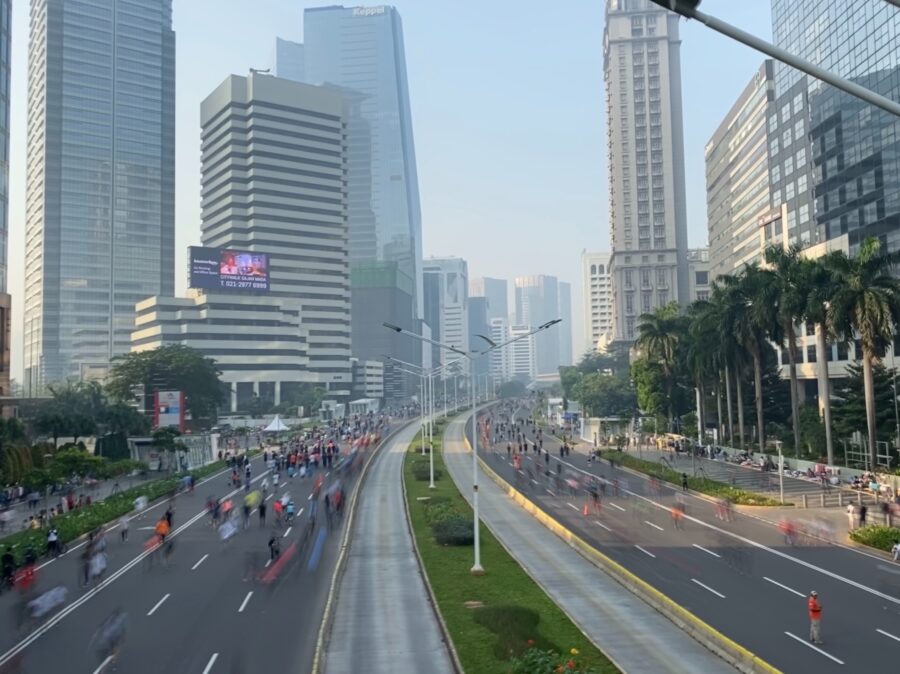3 min read.
Lucas Snaije is the Content & Communications Manager for BYCS and the editor of BYCS Perspectives.
For over 40 years, every Sunday and public holiday sees some of Bogota’s busiest streets radically transformed. The famed Ciclovía now enables 120km of usually traffic clogged thoroughfares to become a space for citizens to exercise or casually stroll on foot and by bike, enjoy sweetened coffee and fresh fruit sold by curbside vendors, or take part in various street performances and civic activities.
What started with the work of a small group of activists in Colombia has inspired communities around the world. Today, close to 500 cities on all continents have embraced open streets activations, from Los Angeles to Cape Town, Sao Paulo to New Delhi. Such car free events are an important tool for cities around the world to consider for a multitude of reasons. They promote street safety, physical activity, decrease air and noise pollution, strengthen communities by encouraging them to claim public space, contribute to local economic development and highlight a vision of a more ludic city. These ephemeral activations are an important way to shift mobility practices towards sustainable and active modes, while demonstrating at a relatively low cost what a more human-centric city could look like in the future. Rather than changing the physical form of a street, they can help us imagine a different meaning of it.
Open street events are also in essence a non-commercial activation that involves many sectors of society acting in the interest of the community. Government stakeholders, non-profit organisations, residents, and occasionally the private sector come together in a way that temporarily activates the street for the benefit of its users. They are a way to involve residents in the urban process and when sustained, have the power to influence both travel behaviour and city planning in the long term. At a moment where our cities face inequities in access to green spaces as well as increasing privatisation and policing of public spaces, reclaiming streets even temporarily can signal the beginning of a much needed return of urban commons.

Streets are indeed the lifeblood of our cities. They are a space where all types of urban citizens not only move through to their destinations but also dwell, meet, play, shop and express their political identities. Streets accommodate a large amount of activities, users and modes, yet in recent history have forgone much of their space for private automobiles to the detriment of pedestrians and cyclists. Streets represent 80% of public space in a city, yet are rarely even considered as such, due to either their lack of safety or inadequate design for populations with limited mobility.
Over the course of this year, the need to account for the dangers of crowded urban spaces has led to a rapid and widespread acceleration of measures seeking to open up streets for people. Sidewalks and curbs have been widened to help the restaurant industry stay afloat by setting up or expanding terrace space. Extensive street space has been reallocated for “pop-up bike lanes” and entire streets have been closed to vehicular traffic to allow for active, safe movement through the city or to provide needed recreational space in areas that lack green space or public spaces more generally. Such measures have only reinforced the already known benefits of opening up streets, made clear by temporary activations such as the Ciclovía.
In this light, we spoke with and celebrated the work of individuals that have used streets as a conduit to empower communities for our third edition of Perspectives. We hope these discussions can inspire and adequately highlight the benefits that different approaches to opening up streets for people can bring about in our cities.
VIEW THE 3rd EDITION
